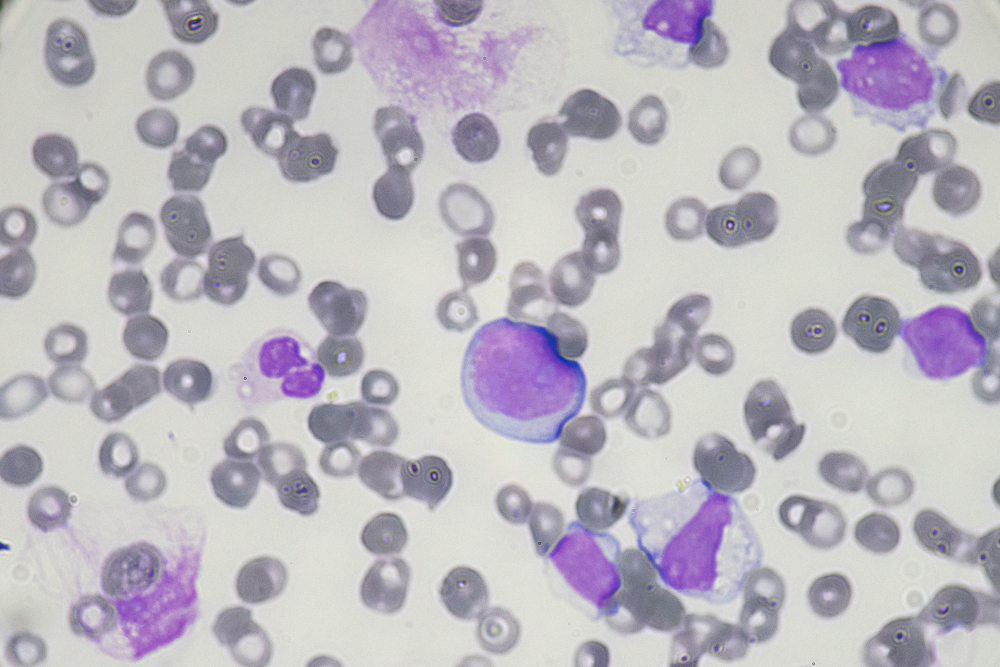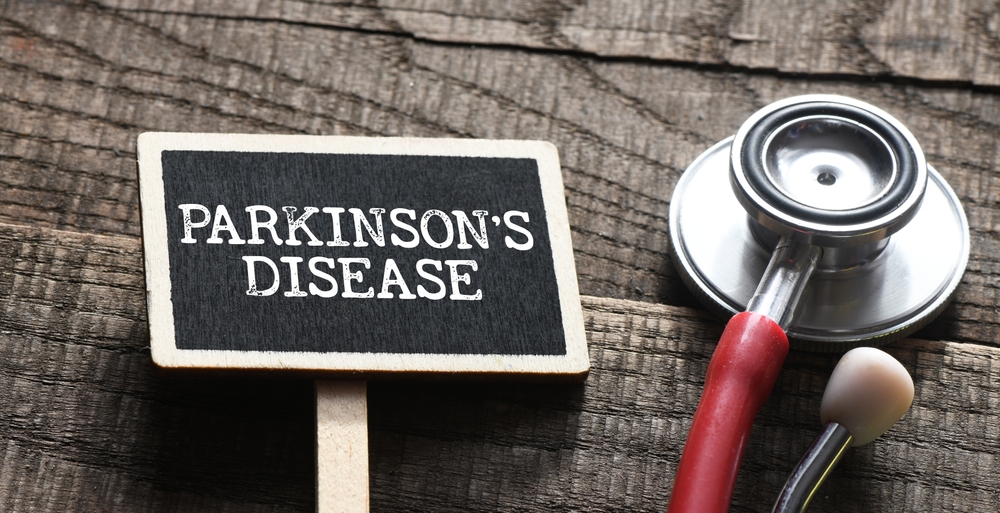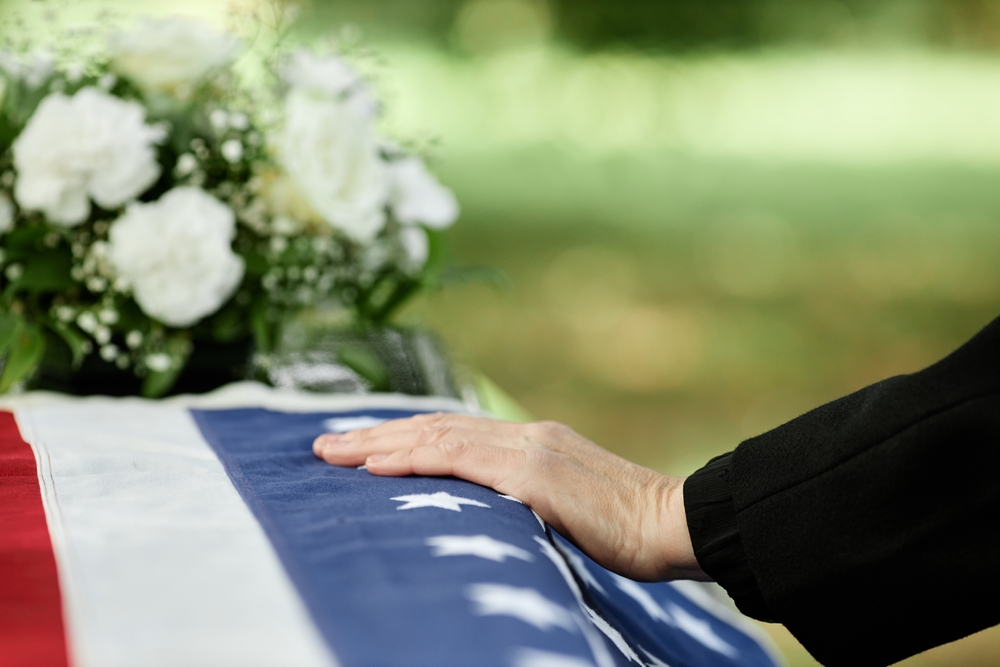How Much Will Camp Lejeune Survivors Receive for a Leukemia Claim?
Victims exposed to toxic water at Camp Lejeune Marine Corps Base between 1953 and 1987 have suffered serious and life-changing illnesses and medical conditions. Unfortunately, many people have died from these diseases caused by toxic exposure.
Since new legislation was signed into law in August 2022, nearly 100,000 Camp Lejeune Justice Act (CLJA) claims and over 1,100 Camp Lejeune water contamination lawsuits have been filed. They allege the government knew or should have known of the contaminated water and failed to protect those exposed.

The deadly contaminants discovered at Camp Lejeune include several volatile organic compounds, including trichloroethylene, benzene, tetrachloroethylene, vinyl chloride, and dichloroethylene. The chemicals found are known to increase the risks of certain illnesses, including leukemia. In fact, benzene can cause acute myeloid leukemia (AML), an aggressive cancer with a five-year survival rate of less than 30%.
Leukemia is a complex disease; some forms are rare or quickly spread, while others are slow to develop and may not cause symptoms for years. Regardless of the type of adult leukemia, they all have an impact on the lives of victims and their loved ones, and the diagnosis and treatments are both mentally and physically taxing, not to mention costly.
Several factors will affect how much compensation people who develop leukemia from exposure to toxic water at Camp Lejeune will receive. This is not only because of the many types of leukemia, its effects and treatment, and how long the victim was exposed to the dangerous chemicals, but also the different ways someone may be compensated.
A Camp Lejeune water contamination lawsuit may be filed if a victim’s CLJA claim isn’t resolved within six months. Alternatively, the elective option payout is another way Camp Lejeune victims may be compensated for leukemia. With different avenues for compensation, it’s beneficial to discuss these options with a Camp Lejeune lawyer.
Compensation Options for Leukemia Caused by Camp Lejeune Water Contamination
Years ago, leukemia was added as a presumptive condition to VA disability benefits for service members who were stationed at Camp Lejeune when the wells were contaminated. But it wasn’t until President Biden signed the Honoring Our PACT Act into law in August 2022, which included the Camp Lejeune Justice Act, that anyone who lived or worked on base for 30 or more days between 1953 and 1987 could seek compensation.
The first step for any Camp Lejeune survivor who developed leukemia is to file a Camp Lejeune claim, which an attorney can help with. A Camp Lejeune water contamination lawsuit may then be filed if a claim isn’t resolved on time. However, the government failed to resolve any CLJA claims within the first six months after the legislation passed, so there’s been a steady influx of toxic exposure lawsuits since January 2023.
In an effort to speed up the compensation process, another option was introduced for victims of toxic exposure at Camp Lejeune who meet certain criteria to seek compensation: the elective option payout. The level of compensation a water contamination victim may receive depends on which presumptive condition they have and how long they were exposed. The conditions that qualify were deemed presumptive based on scientific research.
Leukemia is one of the nine illnesses that qualify for the Camp Lejeune elective option payout. It’s a Tier 1 diagnosis under the elective option, which means survivors with leukemia qualify for the highest payouts. Loved ones who lost someone to the disease may receive an additional $100,000 for their wrongful death claim.
The amount a Camp Lejeune survivor could receive for leukemia is broken down as follows:
- 30-364 days of exposure: Up to $150,000
- One to five years of exposure: Up to $300,000
- Five or more years of exposure: Up to $450,000
There are pros and cons to the elective Camp Lejeune payment option. For some, the settlement offer may be the best option for compensation, but it won’t be for everyone. Why? If you’ve suffered from leukemia or lost a loved one from it because of exposure to contaminated water at Camp Lejeune, the impact of the illness may extend far beyond the highest possible settlement under the elective option. It’s also unknown whether survivors will receive the elective option settlement money quicker than the alternative.
Your pain and suffering, medical costs and future medical costs, lost wages, lost enjoyment of life, damaged relationships, and other effects of a leukemia diagnosis and treatment could be worth more through a lawsuit. This is why victims should speak with a toxic exposure lawyer to learn about all of their options before accepting an elective option settlement or CLJA claim offer. A Camp Lejeune lawsuit may provide a better outcome that ensures proper damages are received.
Understanding all of the compensation and legal options for leukemia caused by contaminated water at Camp Lejeune will help survivors and families who lost loved ones in this tragedy make the right decision based on their unique experiences and losses.
Classifications and Types of Adult Leukemia
There are many types of leukemia, all of which have different survival rates. Some of the most common types of adult leukemia are acute myeloid leukemia (AML), chronic lymphocytic leukemia (CLL), acute lymphocytic leukemia (ALL), and chronic myelogenous leukemia (CML). How these cancers affect the body and the rate at which they grow within the body varies.
Chemical exposure can increase the risk of developing leukemia. Benzene, a chemical found in the contaminated wells at Camp Lejeune, has been directly linked to certain kinds of cancers, including leukemia. Because of the many types of leukemia and risk factors like environmental exposure, lifestyle habits, and genetics, treating the disease is complex and highly individual.
There are two classifications of leukemia: acute and chronic. Acute leukemia involves abnormal blood cells called blasts that don’t function properly or normally. Since the blasts quickly multiply, acute cancers of this kind require immediate treatment.
Types of chronic leukemia develop much more slowly. Chronic leukemia affects blood cells, but these cells are usually more mature, and the body produces either too many or too little of them. It can develop so slowly that several types of chronic leukemia don’t cause early symptoms; many people with the disease don’t know they have it for years before they’re diagnosed.
The other classification for leukemia is based on what type of white blood cells are affected. The lymphoid cells, which are connected to the immune system, act abnormally when someone has lymphocytic leukemia. Types of myelogenous leukemia affect the myeloid cells, which produce red, white, and platelet cells.
Signs and Symptoms of Leukemia
The signs and symptoms of leukemia depend on the type of cancer and whether it’s chronic or acute. However, there are some common symptoms of leukemia, including:
- Fatigue
- General weakness
- Frequent, long-lasting infections
- Fever or chills
- Easy bruising or bleeding
- Sweating
The less common signs of leukemia are enlarged lymph nodes, vision problems, headaches, or enlarged spleen.
Treatment depends on the type of adult leukemia but may include chemotherapy, targeted drug therapy (to block blood cell abnormalities), radiation, bone marrow transplant, and/or immunotherapy. Clinical trials are another way to treat leukemia, and research through trials has greatly advanced treatment options and survival rates in recent years. However, participating in a clinical trial depends on the patient, risks, and benefits.
Camp Lejeune toxic exposure victims who developed adult leukemia have experienced a wide range of health effects. While some forms of adult leukemia have high survival rates, the physical, mental, and emotional toll of the disease and treatments can be extensive.
A Lawyer Can Help with a Camp Lejeune Leukemia Claim
As the number of Camp Lejeune claims and lawsuits continue to increase, victims who developed adult leukemia and family members of loved ones who died from it have already waited long enough for justice and compensation.
Given the scientific proof that connects carcinogenic chemicals found in the wells at Camp Lejeune and the increased risk of leukemia, victims deserve to be paid for their pain and suffering, lost wages, medical costs, and other damages. There are different options available for survivors who developed leukemia from the contaminated water at the Marine Corps Base; they may file a water contamination lawsuit if their CLJA claim wasn’t resolved, or they may accept an elective payment. Either way, consulting with an experienced toxic exposure attorney is essential. They’ll review your case, explain the various options, recommend the best avenue for justice, and help ensure victims are fairly and adequately compensated.

















